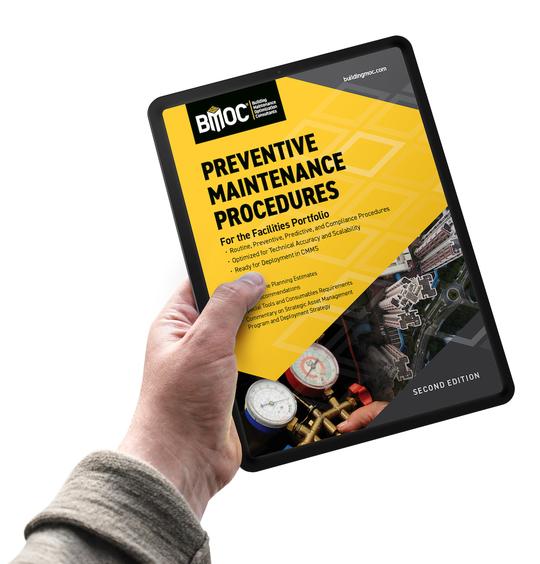Technology solutions
In recent years, there has been an increase in the availability of switchgear utilizing alternatives to traditional air insulated designs to reduce the spacing between energized parts and decrease the size of equipment accordingly. Some of this technology has long been used in the domestic utility industry and is now applied to products for commercial application, and some is adapted from European designs, which have traditionally been more compact than ours. This new selection of available compact switchgear products allows the electrical engineer greater flexibility in optimizing electrical room design and meeting tight space constraints.
Figure 1 shows a lineup of six compact switches rated 15kV, 600A, installed in the 13,800V distribution system of a high-rise office building. This equipment uses about half of the floor space that would be required for traditional air insulated switchgear serving the same function. While this particular product is similar in appearance to, but smaller in scale than traditional switchgear, other designs are available that minimize vertical height, are fully weatherproof, or have other features that may be advantageous for a particular project.
SF6 insulating gas
A major factor in reducing switchgear size is the use of sulfur hexaflouride (SF6) to replace air as the primary insulating medium. SF6 is a nontoxic, nonflammable, and nonreactive gas with excellent electric insulation and arc-quenching properties. Its insulation strength allows spacing between energized parts to be reduced, and its arc-quenching ability permits load-break switching with very short contact separation distances, both of which result in switchgear designs that fit more voltage and current capacity into a smaller space.This gas has been used for many years in high-voltage (over 35kV) circuit breakers and gas-insulated switchgear for utility substations, and it is now being used in several models of 15kV-class commercial switchgear.
In these applications, the switchgear requires an internal SF6 pressure of about 15 psig to attain the required electrical ratings. This internal pressure prevents entry of atmospheric air and subsequent loss of voltage rating in the event of a leak. Pressure switches or density sensors are used to detect any loss of gas and initiate a remote alarm before the internal pressure drops to an unacceptable level. Compact cylinders of gas and regulators are available as maintenance accessories to permit recharging if needed. SF6 has been identified as a greenhouse gas, but I'm not aware of any current regulations affecting its use in electrical equipment. Because the small quantities involved are sealed within the tank, environmental impact should be minimal.



